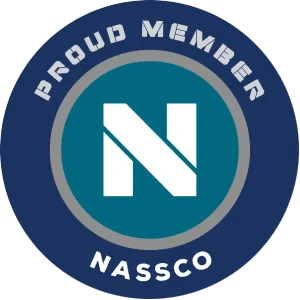NASTT Case Study Abstract: Older pipelines can pose a host of challenges for potable water infrastructure. Corrosion and tuberculation can contribute to everything from taste and odor issues, to decreased flow capacity. Assessment of an 18-mile-long segment of a 20-inch steel water pipeline, pressure rated at 100 psi, in Laramie, Wyoming, indicated the need for a trenchless technology rehabilitation solution. While the owner had previously used cured-in-place pipe for other water pipeline rehabilitation projects, it opted to seek complete design-build proposals for the project.
Because of the scheduling challenges posed by seasonal flow variation and the 18-mile length of the line, the city expected the project would need to be completed in three phases over three years. Given the variety of possible solutions available and the permitting challenges associated with each one, the city of Laramie opted to seek complete design-build proposals for each feasible option. A design-build approach would provide the clearest way to evaluate the technology, installation plan, permitting challenges, disruptiveness, schedules, cost and value of each alternative.
After receiving proposals for trenchless technology rehabilitation solutions that included pipe bursting, sliplining, CIPP and full replacement, the owner selected United Pipeline System’s Tite Liner® system, an HDPE compressed fit lining system suitable for pressurized piping. This project was the first time the city of Laramie used a compressed tight-fit lining solution to rehabilitate a pressurized water pipeline. The Tite Liner® system uses a thermoplastic pipe liner that has a larger outside diameter than the inside diameter of the steel pipe it will protect.
The project was completed in 46 separate pulls, including one totaling more 3,000 linear feet, and required 17 lateral connections. This paper will detail the advantages of the HDPE system over the other proposed methods, the innovative installation methods used to successfully complete the project and how the contractor installed roughly 18 miles of HDPE liner in just 17 weeks, exceeding the expectations of the City of Laramie, the Wyoming DOT and the general public.
To purchase the full version of this case study from NASTT, please click on the below link:
Laramie 20-inch Water Transmission Line Rehabilitation Project





